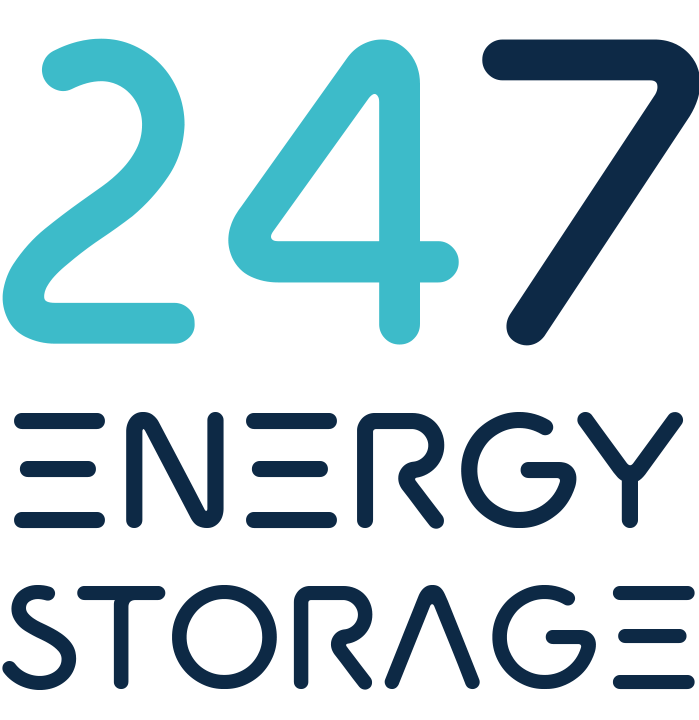Processing of Lithium Ore
The lithium extraction process uses a lot of water—approximately 500,000 gallons (1,9million liter) per metric ton of lithium. To extract lithium, miners drill a hole in salt flats and pump salty, mineral-rich brine to the surface. After several months the water evaporates, leaving a mixture of manganese, potassium, borax and lithium salts which is then filtered and placed into another evaporation pool. After between 12 and 18 months of this process, the mixture is filtered sufficiently that lithium carbonate can be extracted.
South America’s Lithium Triangle, which covers parts of Argentina, Bolivia and Chile, holds more than half the world’s supply of the metal beneath its salt flats. But it is also one of the driest places on earth. In Chile’s Salar de Atacama, mining activities consumed 65 percent of the region’s water, which is having a large impact on local farmers to the point that some communities have to get water elsewhere.
As in Tibet, there is the potential for toxic chemicals to leak from the evaporation pools into the water supply including hydrochloric acid, which is used in the processing of lithium, and waste products that are filtered out of the brine. In Australia and North America, lithium is mined from rock using chemicals to extract it into a useful form. In Nevada, researchers found impacts on fish as far as 150 miles downstream from a lithium processing operation.
Lithium extraction harms the soil and causes air contamination. In Argentina’s Salar de Hombre Muerto, residents believe that lithium operations contaminated streams used by humans and livestock and for crop irrigation. In Chile, the landscape is marred by mountains of discarded salt and canals filled with contaminated water with an unnatural blue hue. According to Guillermo Gonzalez, a lithium battery expert from the University of Chile, “This isn’t a green solution – it’s not a solution at all.”
source: Institute for Energy Research
